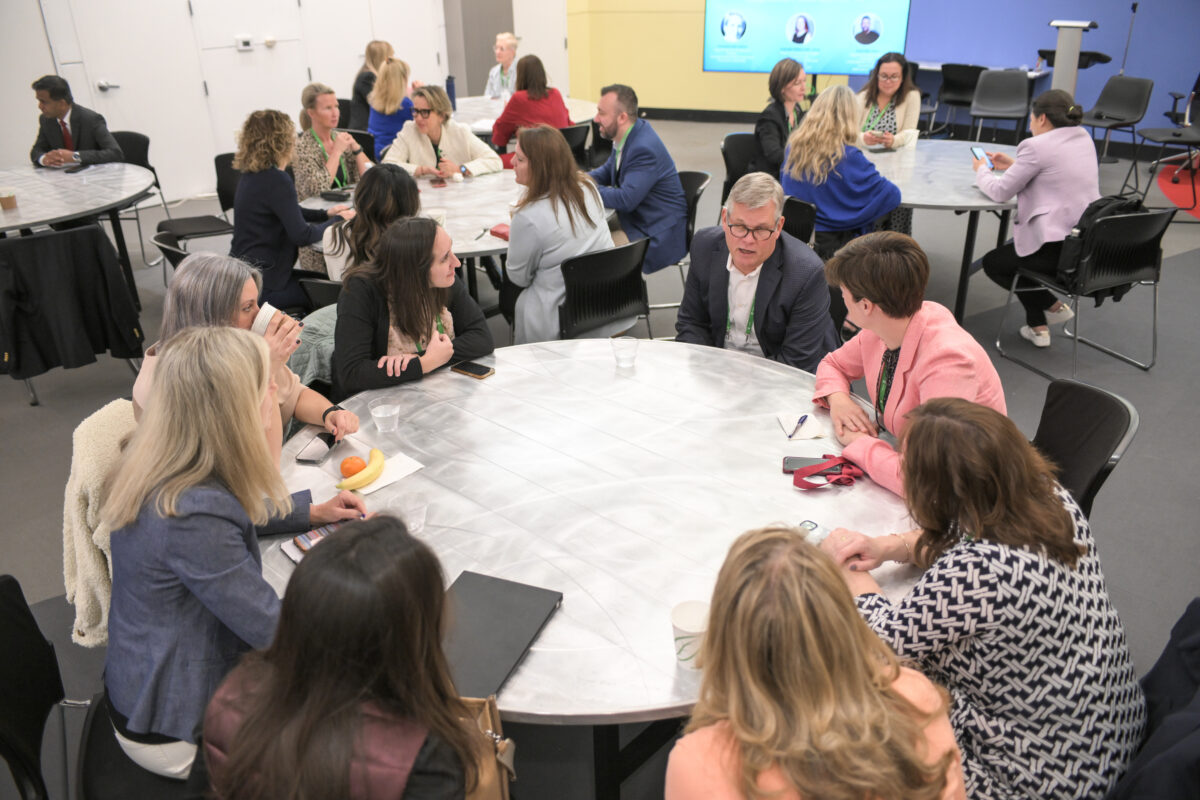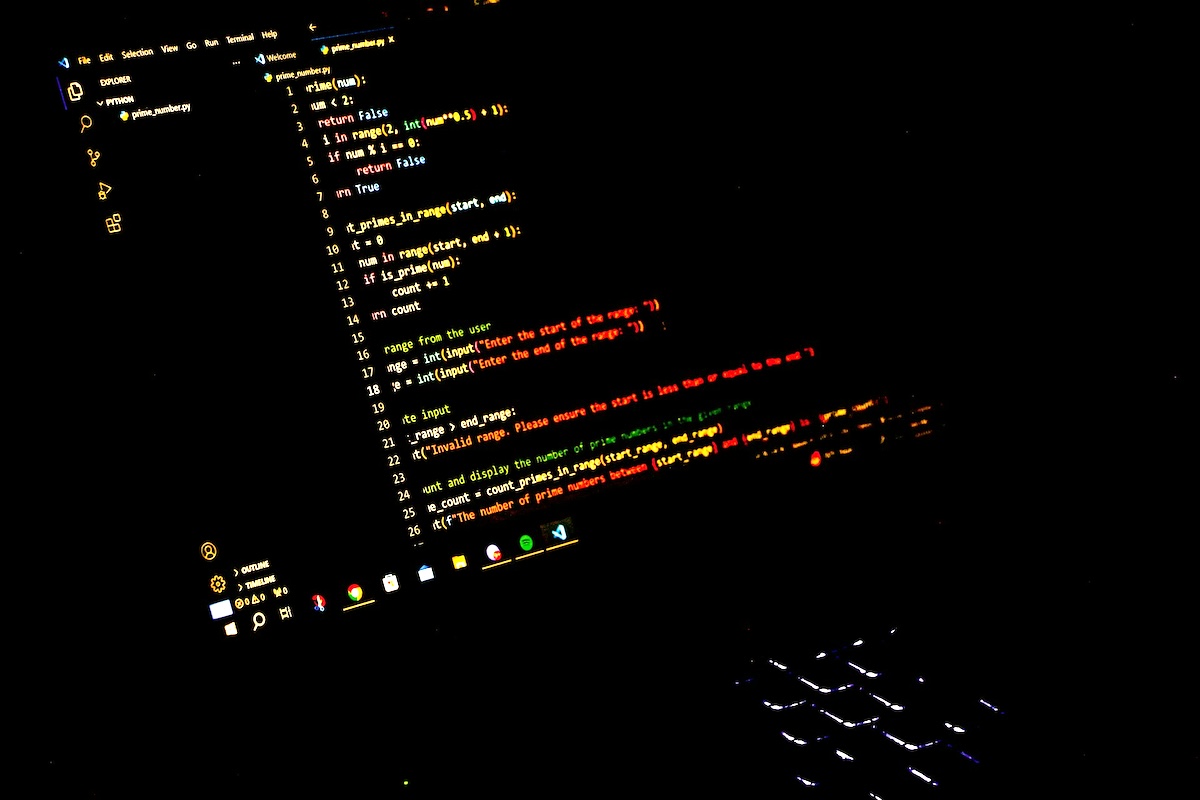Skift Take
We are currently witnessing the dawn of a new era in interface design. A handsfree era where the human voice, perhaps our most primal form of communication, is beginning to take control of the world around us. In this article, we take a look at voice recognition and how it might change the event industry.
The History of Human Input Devices
The earliest digital computers, such as that which Alan Turing used to crack the Enigma codes used by Germany in WWII, were quite different to what we’re used to now. The user would tell the computer what to do by turning rotary switches and moving patch cables around. Gradually, as the complexity of computer programs increased, so did the data we fed them and those switches turned to press-buttons. These press buttons ultimately became the typewriter-style keyboard we still use to this day.
Over the next 40 or so years, computer engineers flirted with various pointing devices such as joysticks, trackballs and primitive mice. It wasn’t until the release of the Apple Macintosh 128k that the mouse became the defacto pointing device and graphical user interfaces (GUIs) started to become the norm. With the advent of the smartphone and tablet, pointing soon became the domain of touch and that’s roughly where we are now, using 1940s and 1980s technology to talk to modern computers.
The Speech Revolution
It all changed in 2016. Speech recognition went from being a clunky method of dictation which took several hours of training to something which not only heard what you were saying but knew who was saying it and to some degree, what it meant. All of a sudden, speech controlled personal organizers were everywhere and they worked well. In fact, by the end of 2016, speech recognition errors were down to almost 5%, compared to almost 50% in the late ’90s.
Here we are in 2017 and it seems that speech controlled organizers such as Amazon’s Echo are likely to become part of everyday life – if they aren’t already. Google Home and Amazon Alexa appear to be going mainstream and if the halls of CES are anything to go by, there are plenty of other voice controlled thingies that will enter our homes this year.
Voice Recognition And Events
It’s not just in the home that we expect to see voice taking centre stage. Many of our day-to-day office functions can already be voice controlled. With the help of a virtual assistant, you can set up appointments, make calls, send messages and myriad other things. Thivoices we already know. Now let’s take a look at the future.
Seeing as we’re already setting up appointments using voice, it’s almost a given that we’ll be booking events using our voice. For event professionals, this is an opportunity to look at how best to optimize for this behavior. That means looking at every aspect of the user journey from search to purchase.
Voice recognition will not only change how people sign up for your events but it will also change how they discover events in the first place. Being number 1 on Google will be more important than ever, as voice will rely heavily on search. The winners in this race will be those whose process is simple enough that you can walk through the process without having to use another form of interaction.
Every voice is unique so this means wherever there is a need for security, a voice can be used to unlock it. Event registration is one example where voice could be used to unlock someone’s event experience.
For that reason also, there is also the ability to personalize. This could be something as simple as personalized advertising but it could run far deeper. Conferences could become fully automated, with software knowing who is speaking to whom at any given time, whilst understanding what they are saying. Delegates need never miss another action point again. Event concierge applications are already taking the legwork out of some of these functions. Voice recognition could be the next step toward true automation.
In Conclusion
Voice recognition is already becoming a part of everyday life and will, by extension, become part of events. Now is the time for event professionals to start learning about how to exploit this technology and start innovating to create better event experiences.





